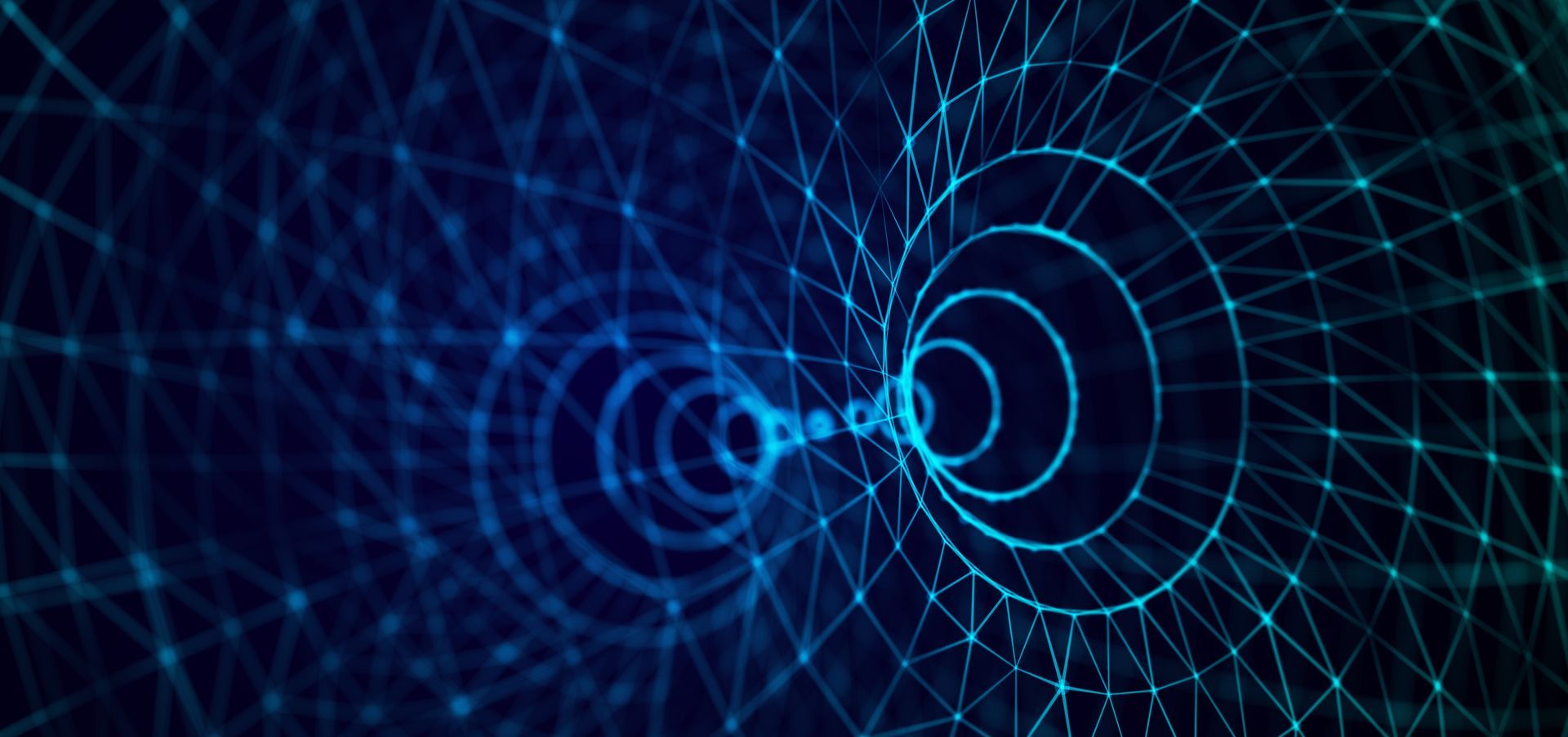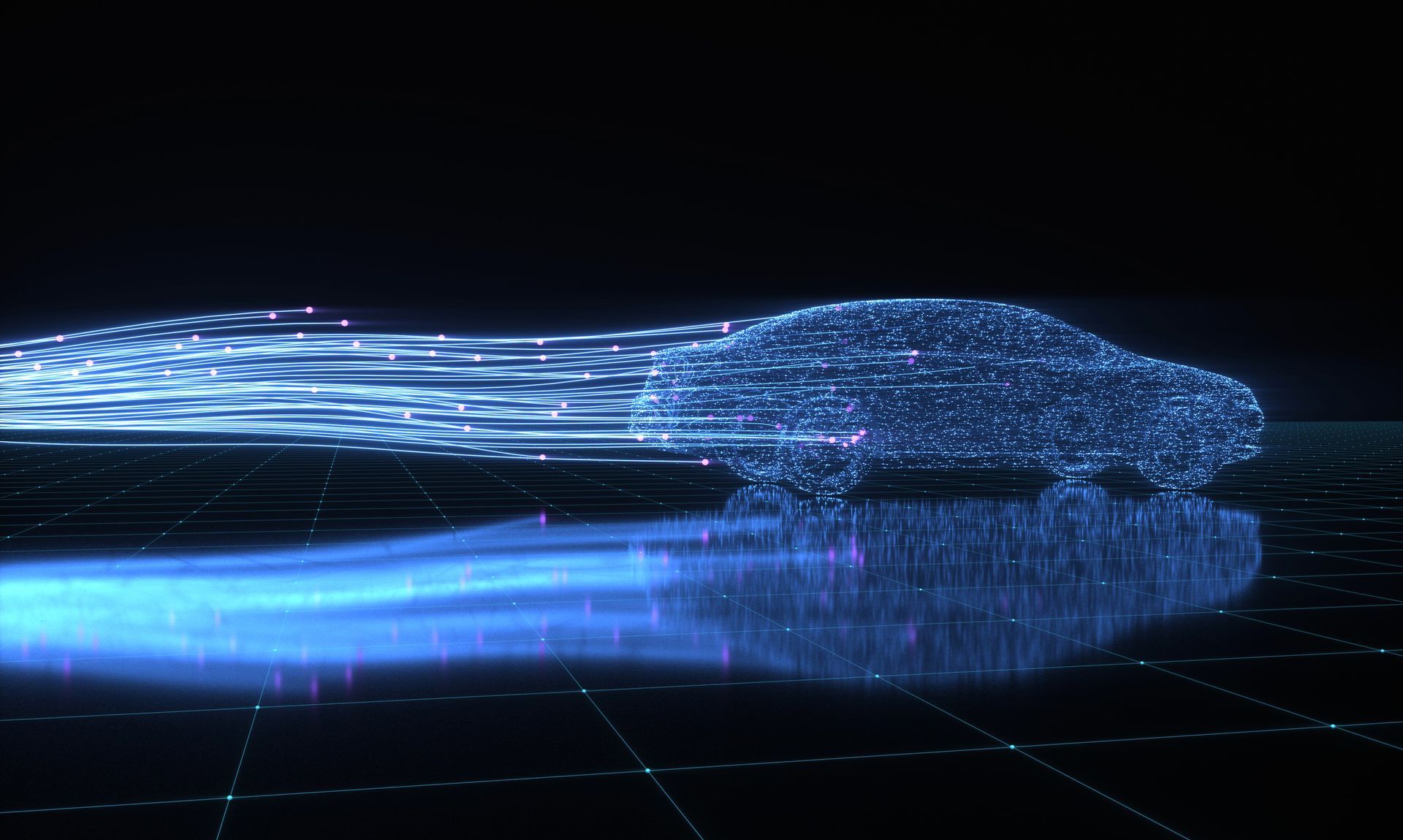The artificial intelligence of things (AIoT) is a great example of technology convergence. AIoT integrates artificial intelligence (AI) technologies and the internet of things (IoT) infrastructure. The primary goal of AIoT is to make IoT operations more efficient, enhance human-machine communication, and boost data management and analysis.
What is AIoT: A game-changing convergence
AIoT is a game-changing convergence that has the potential to create enormous value for both AI and IoT industries. AI adds value to IoT through integration, signaling, and data sharing. Through integration, signaling, and data exchange, AI improves IoT’s worth, whereas IoT enhances AI’s worth by providing connectivity, signaling, and data sharing. AIoT may help companies improve their operations and services by generating more value from IoT-generated information. AI is a computational approach that can dramatically improve the capabilities of IoT devices by allowing them to use big data to analyze, learn, and make decisions without the need for human intervention.
The core principles of AIoT
AI may be found in the infrastructure components of AIoT devices, such as programs and chipsets. IoT networks are used to connect all these pieces together. APIs are then utilized to ensure that any hardware, software, or platform components can interact and communicate with one another without the need for the user to intervene.
IoT devices collect data, and then AI analyzes it to provide insights and improve efficiency and production when operational. Data learning is one of AI’s methods for extracting insights. Analytics can also occur at the edge, which means IoT data may be processed as soon as possible, minimizing bandwidth usage and avoiding potential data analysis delays.

IoT
Internet of Things (IoT) refers to the concept that everything is becoming connected via the internet. This includes a network of objects and devices with sensors, software, and other technologies that may communicate and exchange data with other devices over the internet. Smart locks, cameras, mobile phones, medical devices, and other gadgets are just a few items that fall under the IoT umbrella. There are currently around 30 billion IoT-connected devices on the market, with that number expected to rise to around 75 billion connected objects by 2025. These things have a significant societal function and will continue to play an even bigger role when combined with AI.

AI
The other half of AIoT is artificial intelligence. Artificial intelligence involves employing computers to perform tasks previously done only by people. This implies using algorithms to categorize, analyze, and predict outcomes from data. It also includes reacting to information, learning from new data, and improving over time. Machine learning, deep learning, and natural language processing are the most important AI technologies. Chatbots, face recognition, identification, autocorrection, digital assistants, and search recommendations are just a few examples of how humans employ AI regularly.
How is AIoT used today?
There are several examples of AIoT used in many sectors. Many business office buildings apply sensor technology to help them save money on energy and electricity expenses. These sensors can tell whether anybody is present and adjust the temperature and lighting levels accordingly. In the business world, sensors and smart cameras may assist with office security. Smart cameras can identify employees based on real-time data and pictures, allowing only authorized people entry to the building. The retail sector is seeing the advantages of AIoT too. Shoplifting might be prevented and deterred by smart security cameras. The cameras can identify faces and track repeat offenders, much like office buildings.
The AIoT is used in self-driving cars. The AIoT utilizes a combination of radar sensors – both inside and outside the car and GPS and cameras – to obtain information on driving conditions, obstacles, and what other vehicles do. The AI algorithm can then utilize the data obtained from the sensors to make judgments.
Smart cities are becoming more popular, with more and more people flocking to cities and living in urban areas. Because of this, smart cities are growing increasingly fashionable. With the ever-growing number of people living in cities, traffic has become a major issue. Traffic monitoring and alerting based on real-time data can help to reduce congestion. Sensors may be placed at chokepoints to detect traffic flow. AI can then use the information given to decide, such as redirecting traffic, changing speed limits, or changing signal lights, depending on the situation.

Benefits of AIoT
The tangible benefits AIoT will bring to organizations can vary from application scenarios to the setup where the technology is deployed. However, it is possible to discuss a few widespread benefits that AIoT deployments promise to institutions.
Real-time monitoring of assets and employees is critical, especially in sectors where equipment failure might be costly or even deadly. This enables constant oversight of all assets, including devices, modules, and personnel, and the ability to take appropriate action when things don’t go according to plan.
AIoT’s seamless predictive maintenance is one of its biggest advantages. Machines in a smart factory, for example, will be able to recognize when they need servicing themselves and can therefore be recalled before disaster strikes. The expensive trouble of unexpected machine failure may soon become a thing of the past.
AIoT increases system scalability in an IoT ecosystem by enabling the addition of more connected devices and optimizing current processes to work with them. The data gathering process becomes extremely precise, as the user receives only relevant data.
Companies use predictive analytics to anticipate potential risks and shield themselves with anticipatory actions. Before a probable event, such as equipment failure, cyber assaults, or workplace accidents, rapid response procedures can be used to defend against possible occurrences.
Patterns may be identified from data with AI in IoT to provide insights that would otherwise go unnoticed. Predictive and preventative analytics can be used to detect faulty machinery or pain spots, which will increase efficiency and employee happiness. Industrial automation systems can become proactive rather than reactionary after being automated by AIoT.
While everyone understands the ever-changing nature of consumer behavior and how difficult it is to provide excellent client service consistently, no one knows what AIoT can do. AIoT assists by providing additional data points that allow analysts to get a more comprehensive view of customer requirements and behaviors. AIoT’s potential is enormous. From determining what sells and fails to comprehend stringent market requirements, research like this provides useful insights for companies, resulting in significant revenue increases.





